
What Is the Cost of the Pink Tax
The Shocking Reason Why Women Pay More Than Men For Everything From Shampoo to Jeans

Forget the year of the woman — this may very well be the decade of the woman. Female empowerment has risen to an all-time high, with women taking to the streets to protest gender inequality and demand fair treatment through equal pay, reproductive rights, and social justice.
But there's still one big way that women are treated unequally that remains largely unknown: the Pink Tax. This sneaky charge applies to all kinds of products marketed to women, from children's bike helmets to skincare products to blue jeans. Just how much are we talking? A 1994 study conducted by the State of California found that women pay an additional $1,351 every year, even when they buy the same goods and services as their male counterparts. Since then, a growing number of studies have confirmed just how real — and painful — the Pink Tax is. By the time the average woman turns 30, she will have already spent $40,530 more than a man on similar products. Now that's unfair.
Ready to find out just how much the Pink Tax is costing you? Click through each category below to discover the price difference between the gendered version of each of these seven common products. One thing's for sure: it will change the way you see shopping forever.
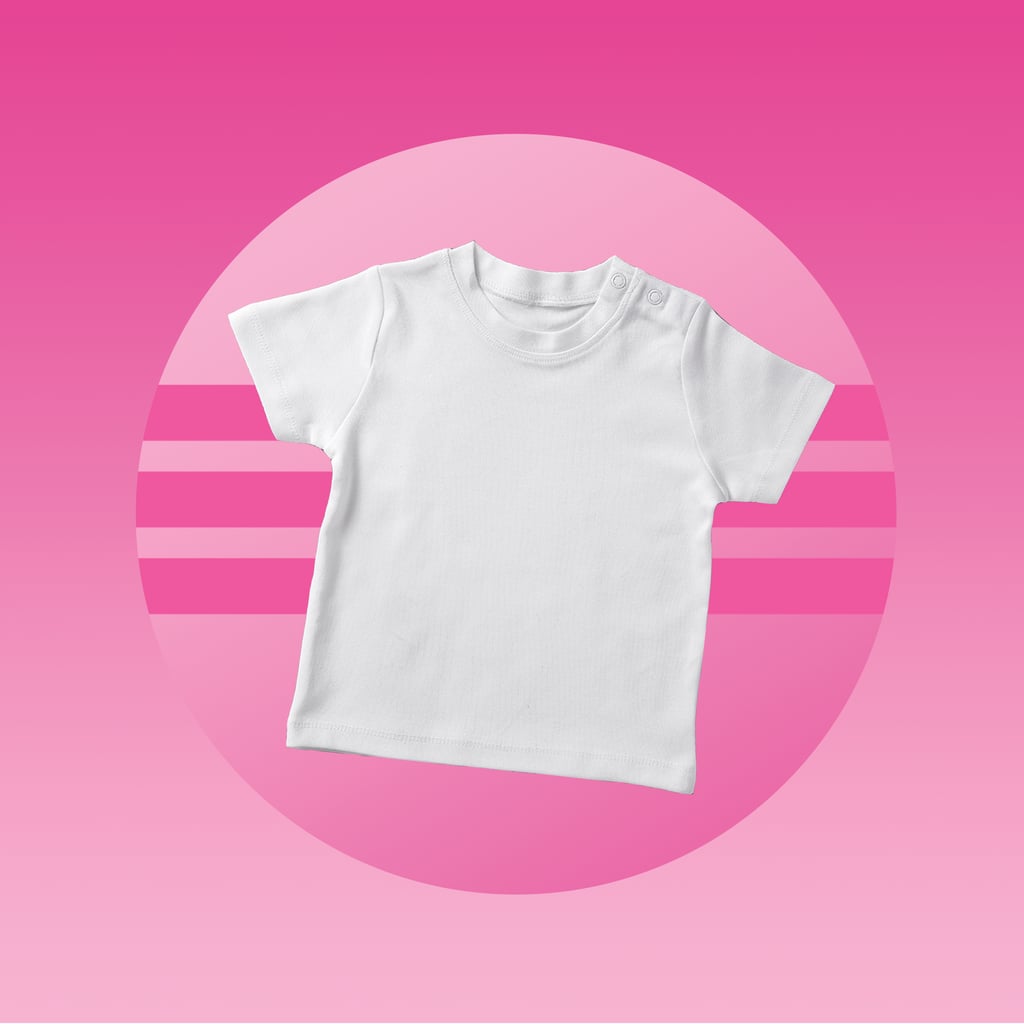
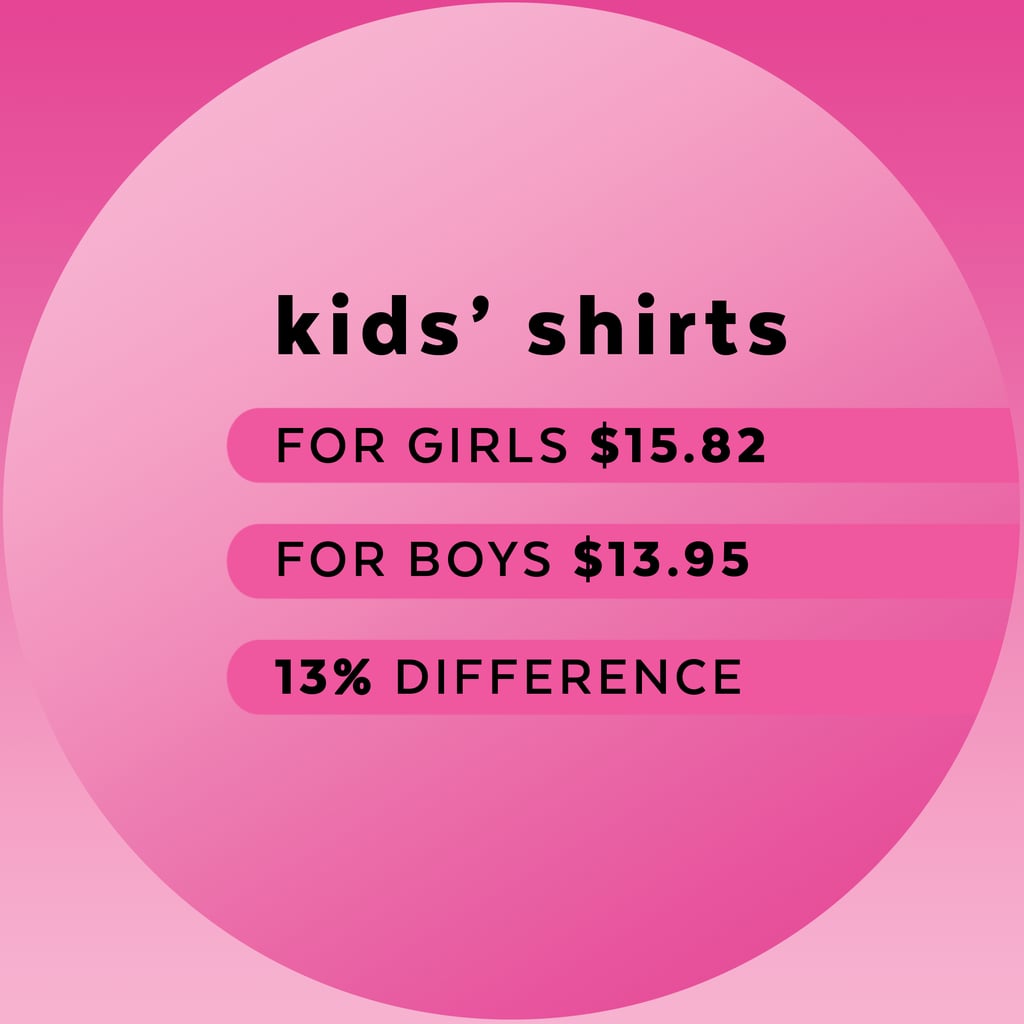

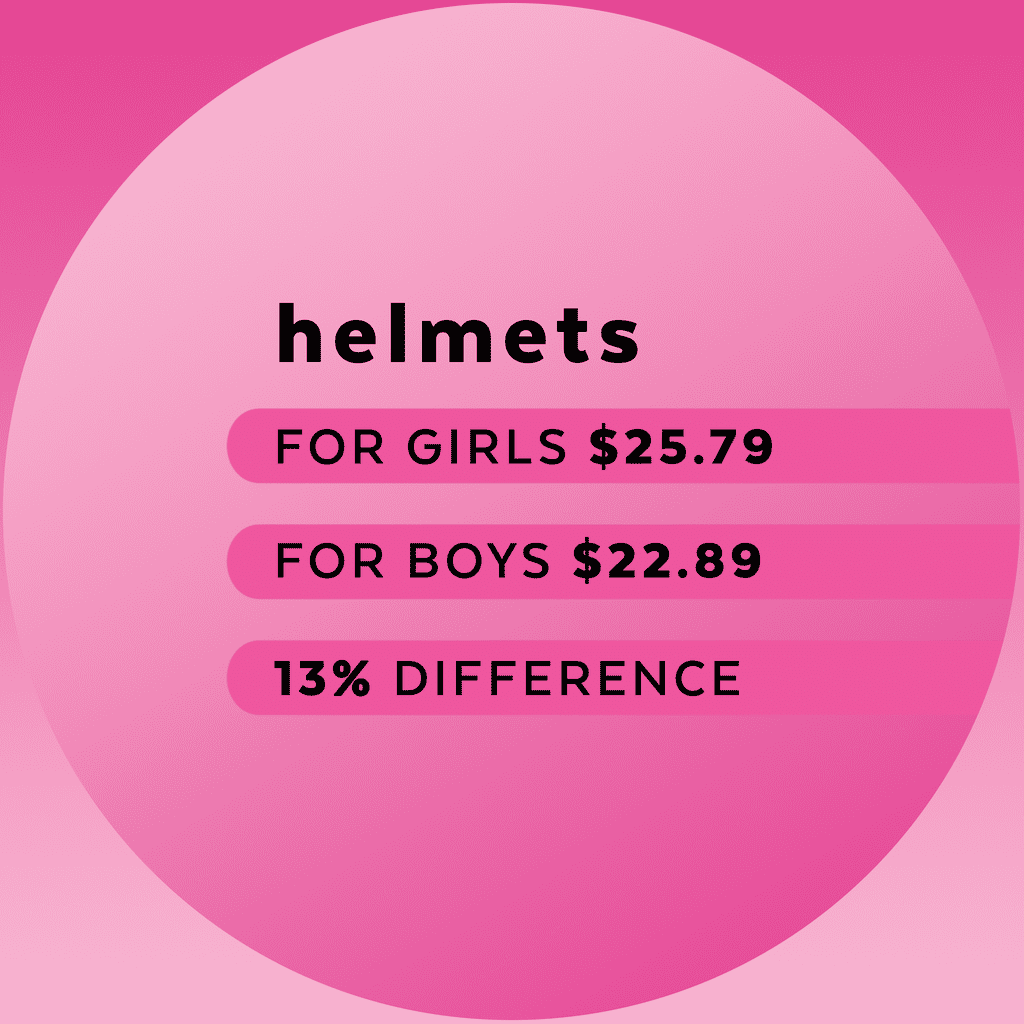
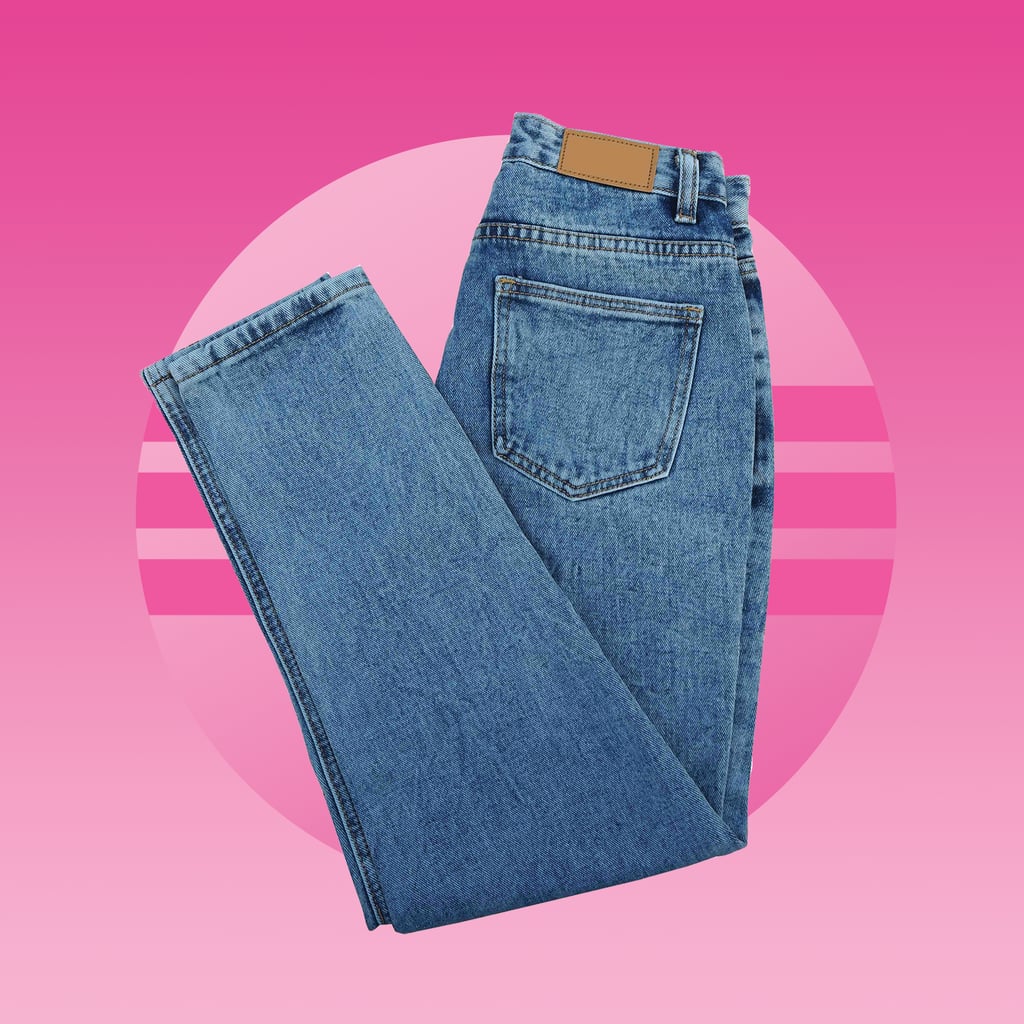
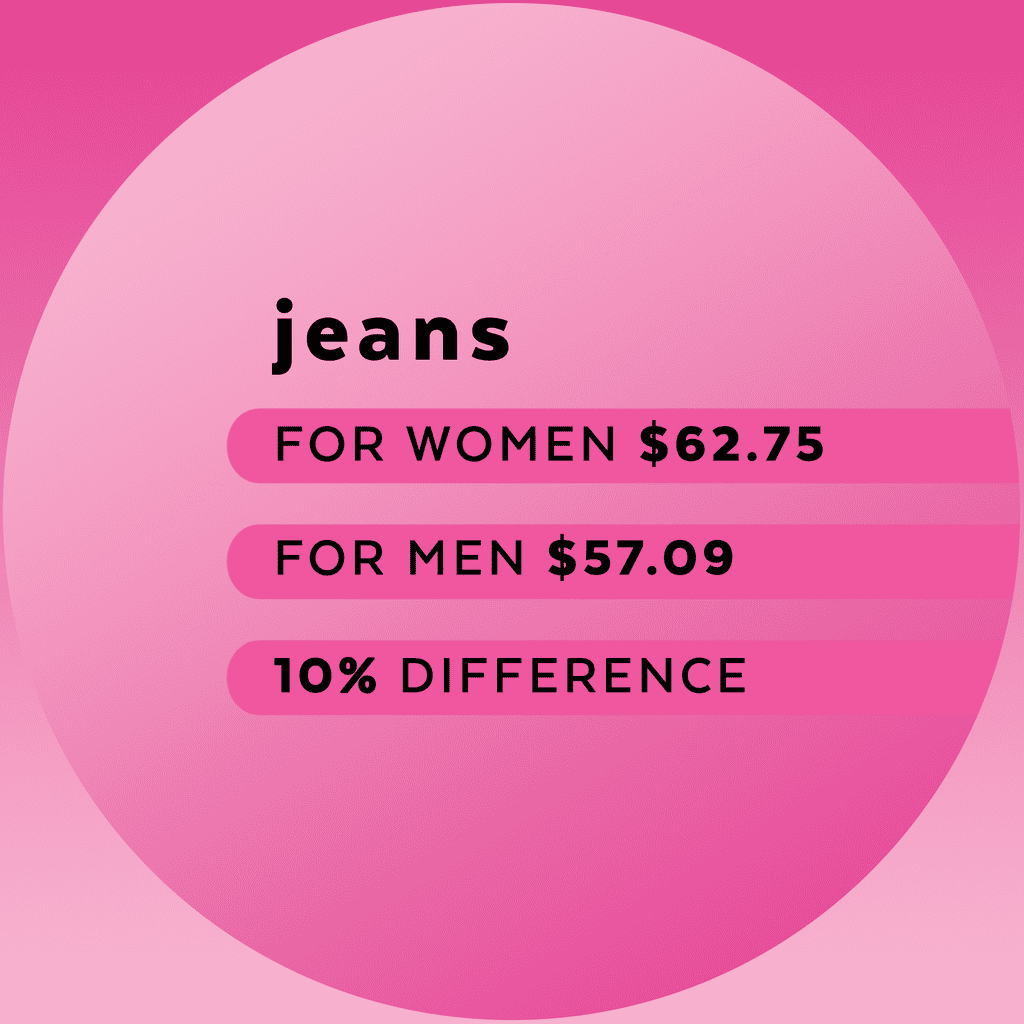
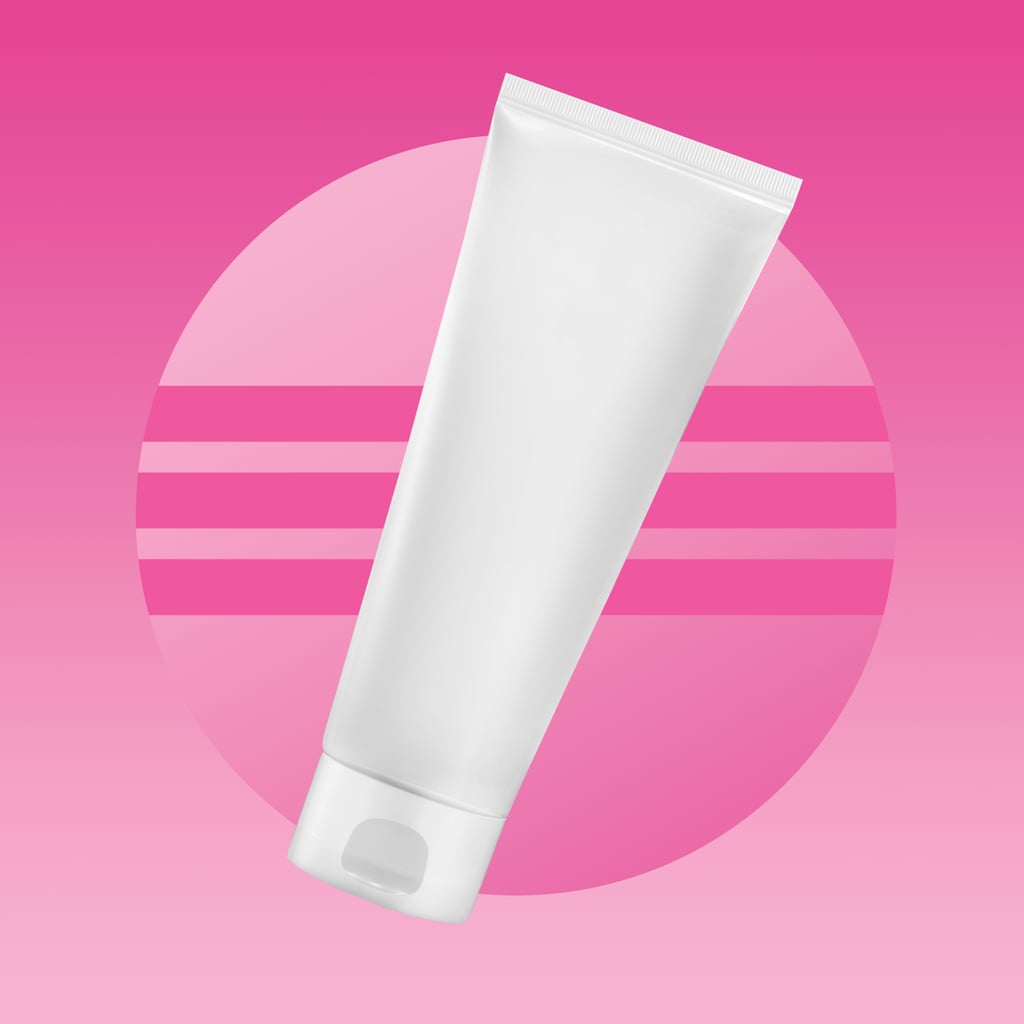
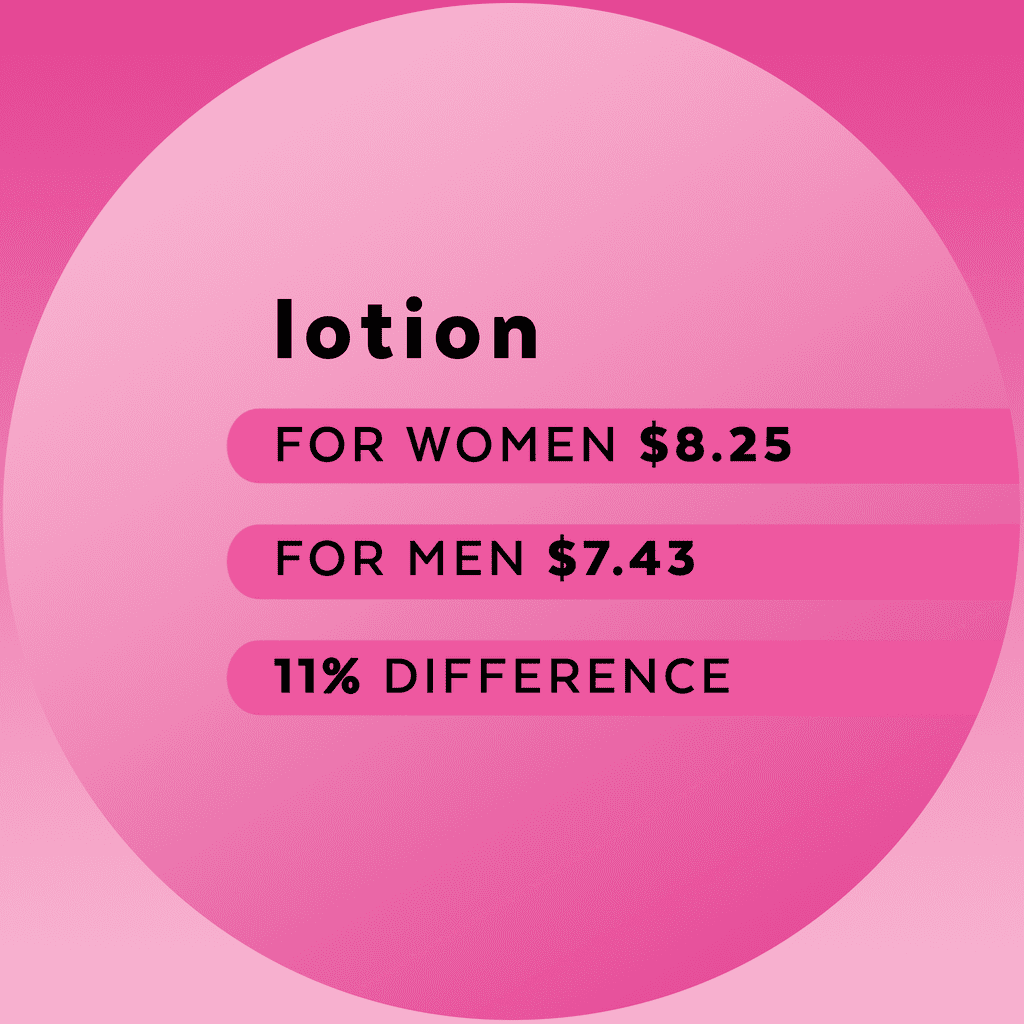
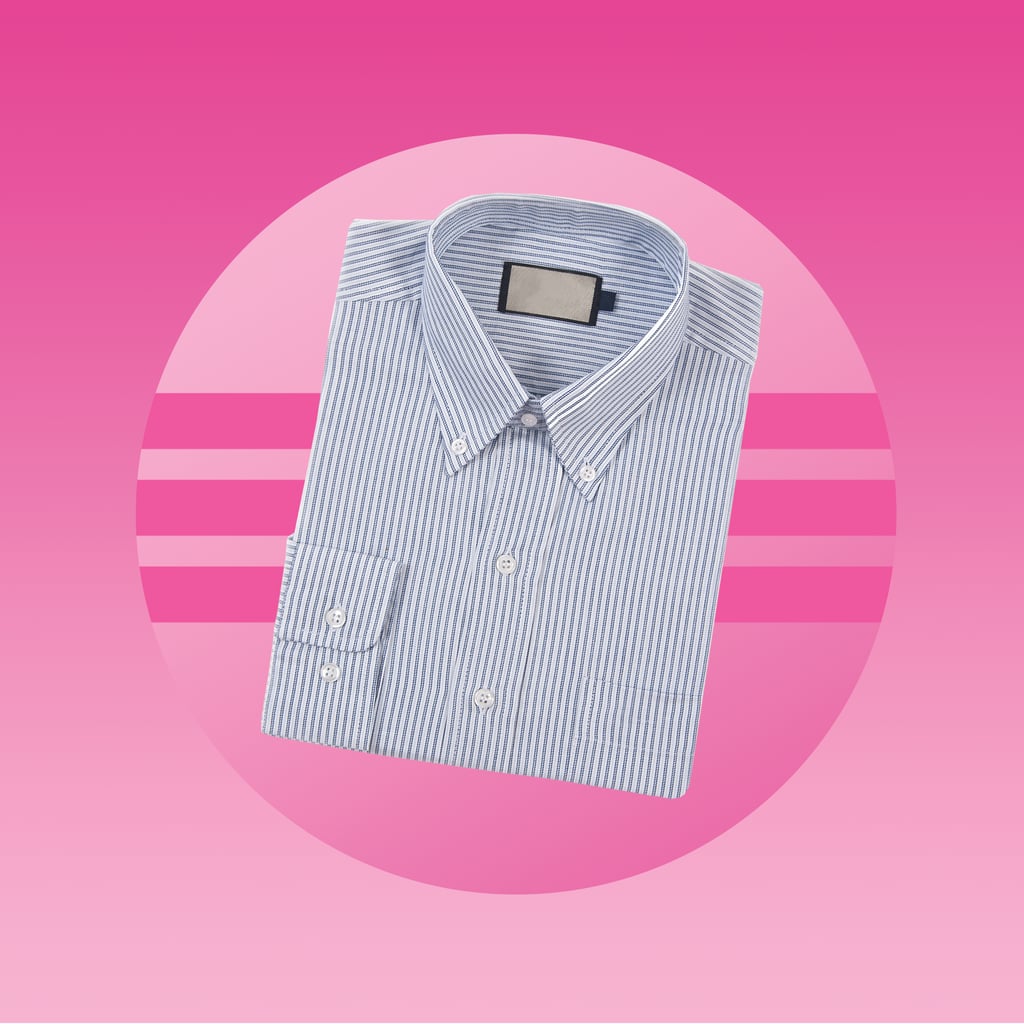
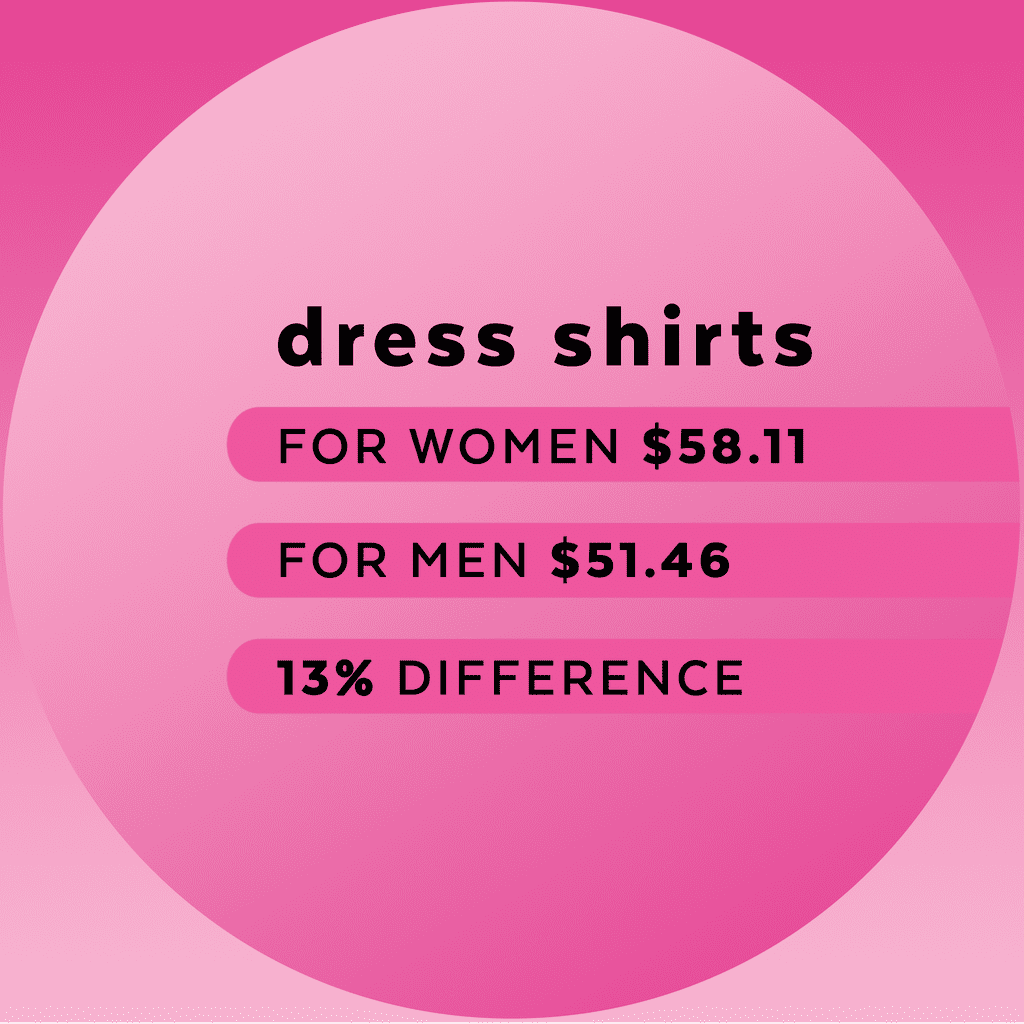
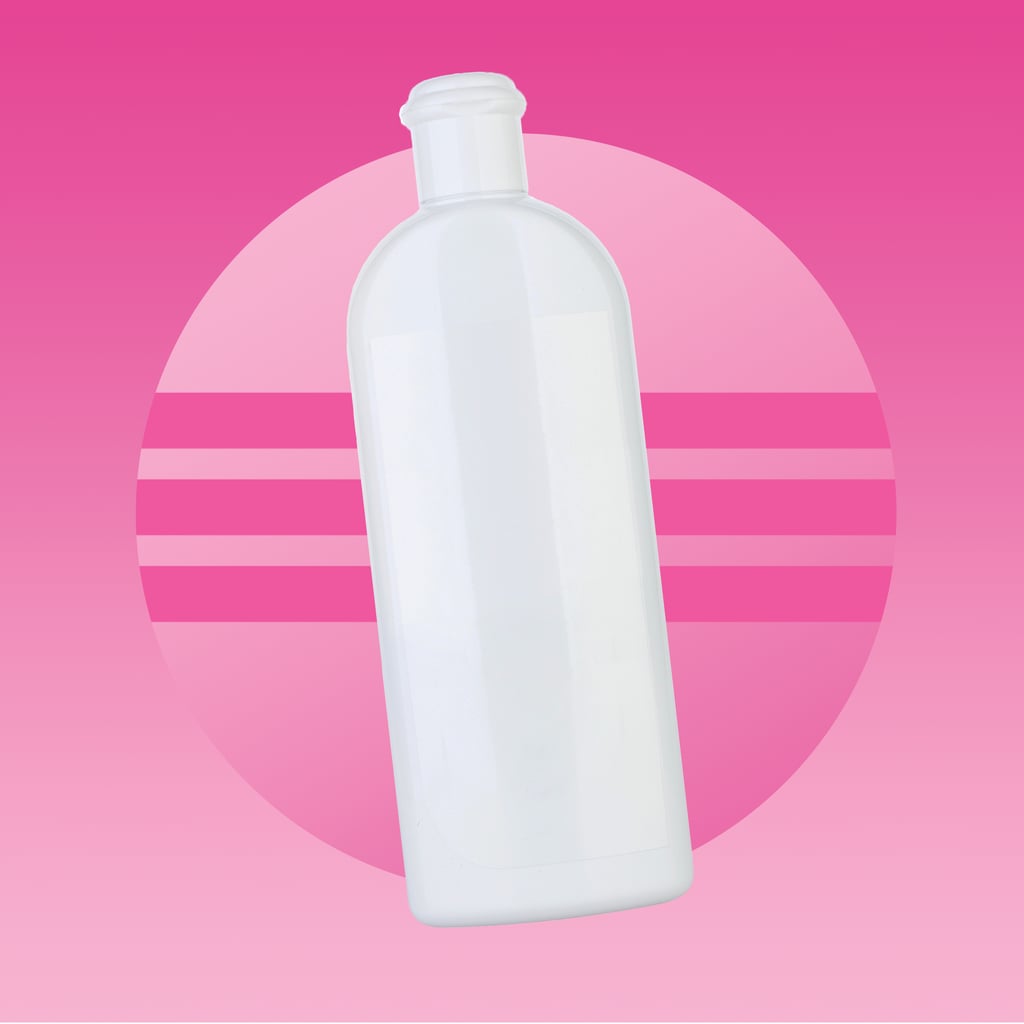
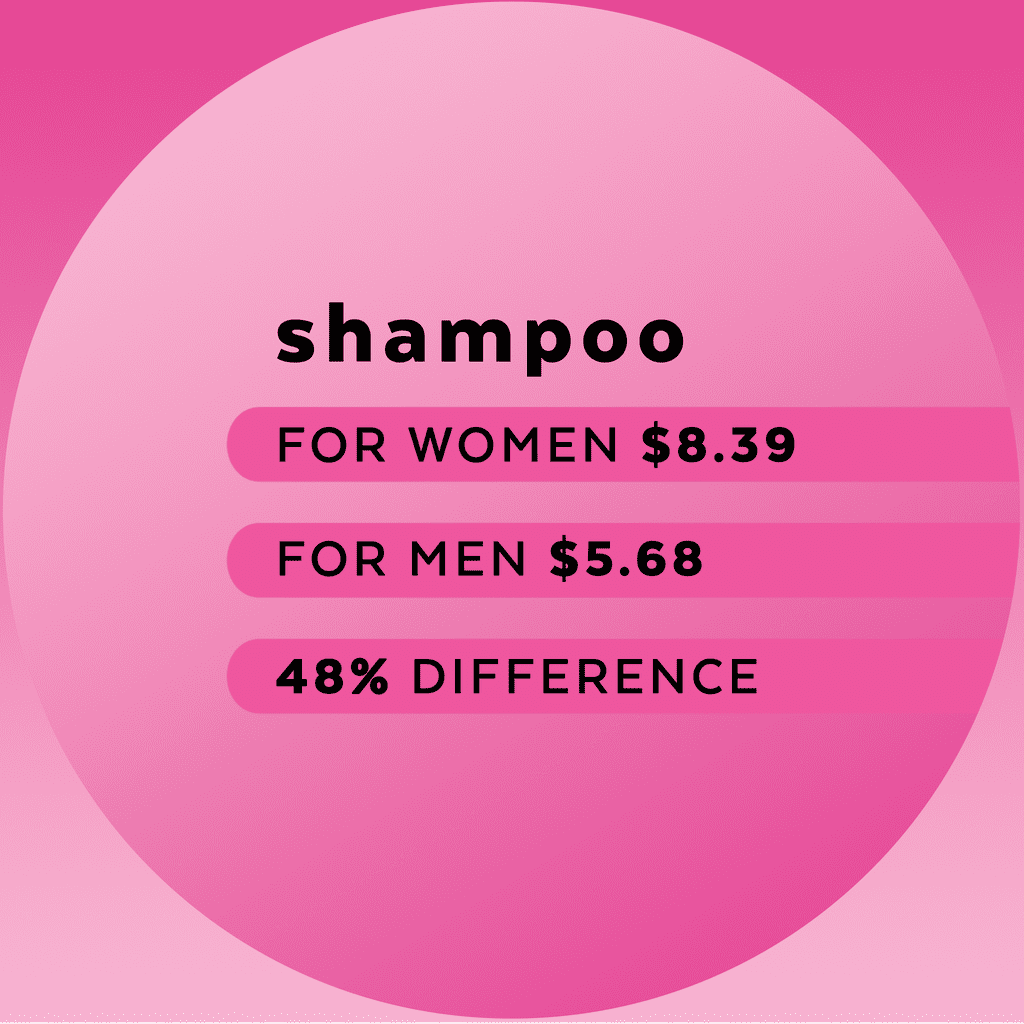

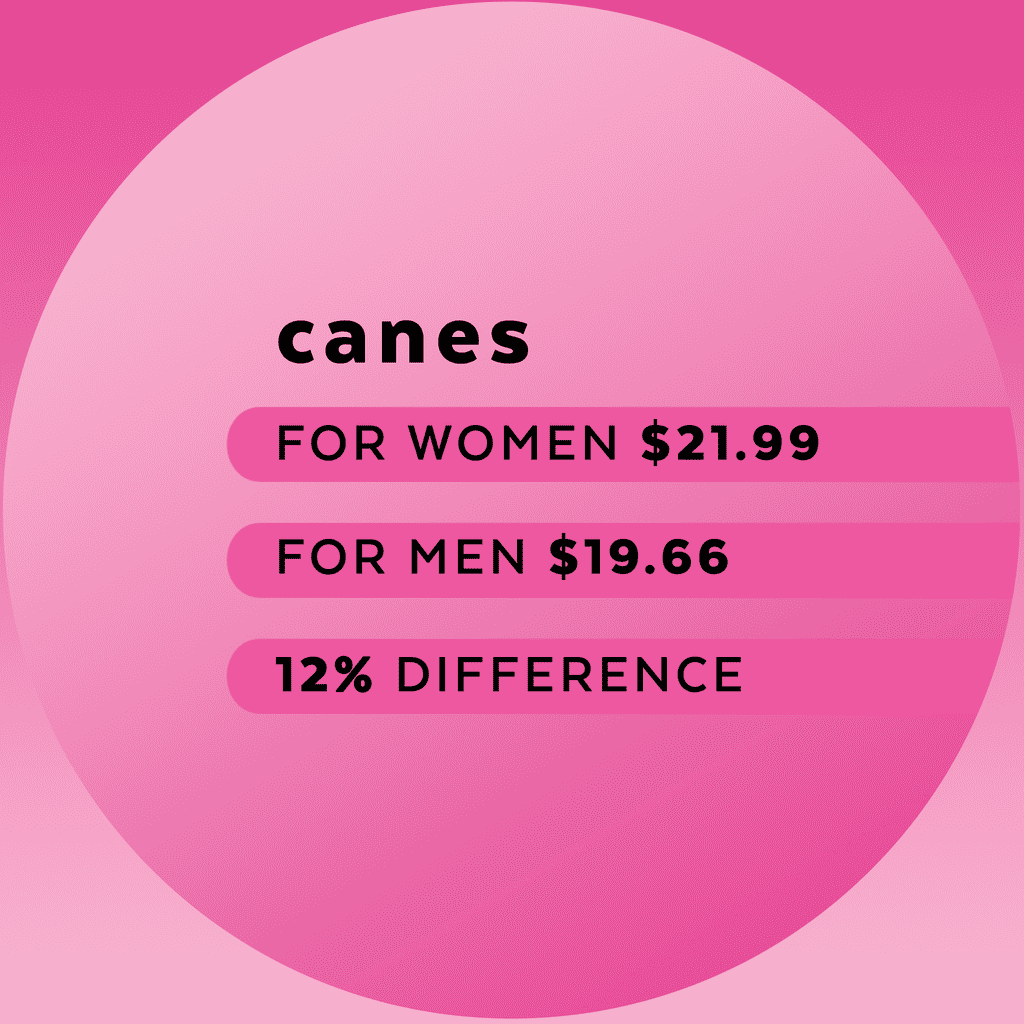
The Pink Tax even persists into old age. Seriously — even everyday essentials that both men and women need to use experience the markup. Take canes, for instance: Although many elderly people need to use them for mobility, regardless of gender, nearly identical canes still cost 12 percent more for women than they do for men, on average.
Though a few dollars here and there might not seem like a big deal, the price of the Pink Tax adds up over time — to more than $40,530 by the time you turn 30. By your 60th birthday, the cost totals $81,060. Learn more about the pink tax — and what you can do to put a stop to it — at Ax the Pink Tax.